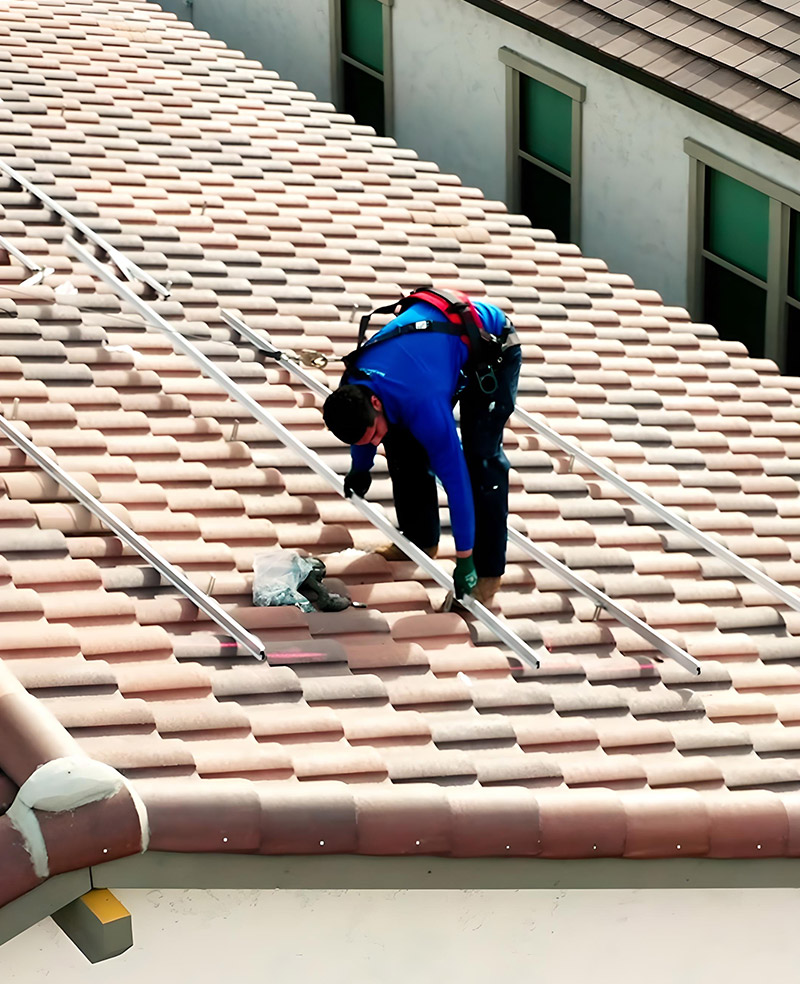
Savings
- Lower Utility Bills
- As energy prices fluctuate, energy-efficient homes are better insulated against rising costs.
- Reduced Strain on HVAC Systems
Improved Quality of Living
- Eliminate hot spots in the summer and cold drafts in the winter
- Insulation acts as a barrier against moisture infiltration helping to prevent the growth of mold and mildew
- Helps absorb sound, providing additional insulation against outdoor noise.


Government Incentives
- SRP and APS have programs and incentives to encourage homeowners to invest in energy-efficient upgrades, including attic insulation.
- Contact Us Today to see if you qualify!
Frequently asked questions
The cheapest energy is the energy not used. Reducing the amount of air that leaks in and out of your home is a cost-effective way to cut heating and cooling costs, improve durability, increase comfort, and create a healthier indoor environment.
Insulation levels are specified by R-Value. R-value is a measure of the insulation’s ability to resist heat flow. The higher the R-value, the greater the insulating effectiveness. The recommended level for most attics is to insulate to R-38 or about 10 to 14 inches.
Since most home’s HVAC systems usually don’t extend into the garage, insulating this area does little to change the cost of running the system. Insulating the attic above the garage may help keep temperatures in the garage a bit more stable, but it won’t have any appreciable effect on energy bills.
If you have gaps or openings in your ducts, instead of air being blown into your attic, air will be sucked out of your attic. A normal attic can be filled with dust, dirt, insulation and other air contaminants that you don’t want circulating throughout your home.

Contact Us
Schedule Your FREE Home Energy Audit Today!

